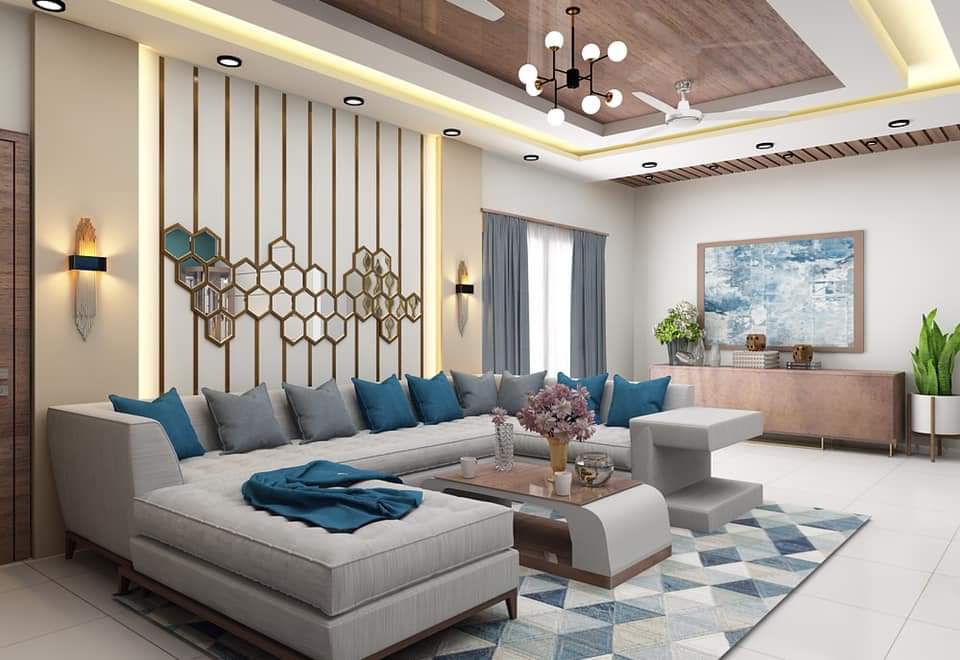Who Is An Interior Designer?

Who Is An Interior Designer?
An interior designer designs and creates functional and aesthetically pleasing spaces for residential, commercial, or industrial clients. Interior designers work with clients to determine their needs and preferences, create design plans and layouts, choose colour schemes, materials, and furnishings, and oversee design implementation. They have expertise in space planning, colour coordination, furniture design and selection, lighting, and other design elements. Interior designers may work independently or as part of a team and specialize in a particular type of design, such as residential or commercial interiors.
The Role Of An Interior Designer
An interior designer is responsible for creating functional and attractive spaces that meet the needs and preferences of their clients. They work closely with clients to understand their goals and budget for a project and then develop design plans and layouts that meet those requirements. Interior designers use their creativity and expertise to create spaces that are not only beautiful but also efficient and functional.
One of the primary roles of an interior designer is space planning. This involves analyzing the layout of a space and determining the best way to organize furniture, appliances, and other elements to create an optimal flow and maximize the available space. Interior designers must also consider factors such as lighting, traffic patterns, and accessibility when planning the layout of a space.
In addition to space planning, interior designers are responsible for selecting colors, materials, and furnishings used in the space. They must have a good understanding of colour theory and be able to choose colors that complement each other and create a harmonious overall look. Interior designers must also be knowledgeable about different types of materials and be able to choose those appropriate for a particular space and purpose.
Another critical aspect of an interior designer’s job is overseeing the implementation of their designs. This involves working with contractors and other professionals to ensure the design is executed correctly and meets client expectations. Interior designers may also manage a project’s budgets, timelines, and other aspects.
Overall, interior designers play a vital role in creating functional, beautiful, and efficient client spaces. They use their creativity, expertise, and knowledge to create designs that meet the needs and preferences of their clients while also considering practical factors such as space, lighting, and materials.
Here are some additional tips for finding the right interior designer for you:
Check their qualifications: Look for designers with formal interior design training, such as a degree or certification from a reputable institution. Also, check if they are members of any professional organizations in the design industry.
Consider their experience: Look for designers who have experience working on projects similar to yours, especially if you have specific needs or requirements.
Evaluate their communication skills: Communication is key in any design project, so look for a responsive designer, who listens to your ideas and communicates effectively.
Consider their fees: Interior designers can charge different rates, so understand their fee structure and whether it aligns with your budget.
Trust your instincts: Ultimately, you should choose a designer you feel comfortable working with and who understands your vision and needs.
By following these tips, you can find an interior designer who can help you create the space you’ve always dreamed of while staying within your budget and timeline.






